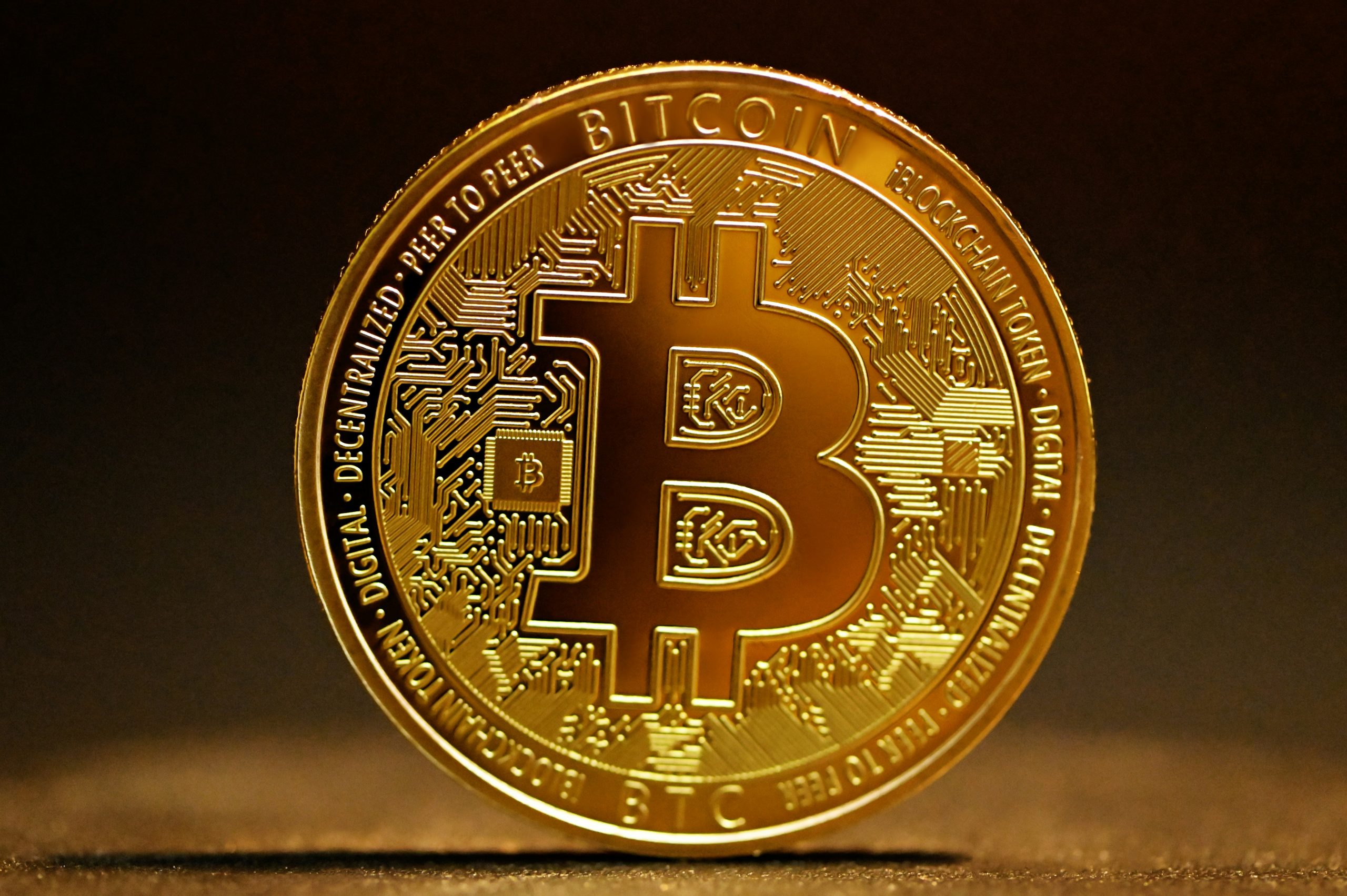Italy’s State-Owned Bank Trials Digital Bonds on Polygon Blockchain
The European Central Bank initiated the trial to explore how blockchains can enhance central bank settlement.

Correlation with macroeconomic indicators: Bitcoin’s price often reacts to changes in macroeconomic indicators such as employment rates and inflation. When employment slows, it may indicate a weakening economy, leading to expectations of less aggressive monetary policy from the Federal Reserve.
Inflation and monetary policy: High inflation typically prompts central banks to raise interest rates to curb spending and stabilise prices. Conversely, the Federal Reserve may adopt a more dovish stance if inflation slows, lowering interest rates or maintaining them at current levels.
Investor sentiment and market dynamics: Bitcoin’s market is significantly influenced by investor sentiment and speculative trading. Positive news about slowing inflation and employment may boost confidence in Bitcoin as a store of value and investment asset.
The cryptocurrency market, particularly Bitcoin (BTC), is susceptible to macroeconomic indicators such as employment rates and inflation.
Historically, BTC has shown a propensity to react to economic data, and current trends suggest that it could reach new heights if certain conditions are met. The primary factors in this potential surge are the slowing of United States (US) employment growth and a reduction in inflation rates. These economic shifts could drive more investors towards BTC as a hedge against traditional financial instability and an alternative investment opportunity. The US labour market has been a critical indicator of economic health. Recent data, however, suggests a slowdown in job creation.
Reducing employment growth can signal economic cooling, leading the Federal Reserve to reconsider its monetary policy stance, potentially pausing or reversing interest rate hikes. Lower interest rates generally increase liquidity in the market, making borrowing cheaper and potentially driving up investment in alternative assets like BTC. If inflation shows signs of slowing, it could indicate that the economy is stabilising, which often reduces the appeal of holding cash and increases interest in assets that can potentially offer higher returns, such as cryptocurrencies. In a report dated June 4 2024, Markus Thienel, head of Research at 10x Research, mentioned that job openings, a crucial and predictive employment metric, experienced a significant slowdown last night.
Investor behaviour is another significant factor influencing BTC price trajectory. Traditional investment vehicles such as stocks and bonds often become less attractive in economic uncertainty or stagnation. This scenario can drive institutional and retail investors towards alternative assets like BTC, which is perceived as a store of value and a hedge against inflation. The recent economic data indicating a slowdown in employment growth and inflation cooling may reinforce this trend.
Institutional investment in BTC has been steadily increasing, with significant financial firms and corporations recognising its potential as part of a diversified investment strategy. For instance, companies like MicroStrategy and Tesla have added BTC to their balance sheets, signalling confidence in its long-term value. Introducing Bitcoin ETFs has made it easier for investors to gain exposure to the crypto market. These developments contribute to a more mature and stable market environment, which can attract even more investment as economic conditions shift.
Market sentiment plays a crucial role in BTC price movements. Positive news, such as favourable regulatory developments or endorsements from influential figures in the financial industry, can significantly boost investor confidence and drive up prices. Conversely, negative news or regulatory crackdowns can cause sharp declines. If they continue trending towards a slowing employment rate and cooling inflation, the current economic indicators will likely create a favourable sentiment towards BTC. This sentiment is driven by the perception that Bitcoin can hedge against traditional market risks and offer substantial returns in a low-interest-rate environment.
According to the US Bureau of Labour Statistics’ Job Openings and Labour Turnover (JOLT) report released on June 4, there were 8.1 million job openings in April. The ratio of unemployed individuals to job openings was approximately 0.8, the highest since February 2021. Thielen said, “It could be the first of the economic indicators suggesting an economic slowdown, which will lead to a lower inflation —a key bullish indicator for Bitcoin.” He added, “A weaker surprise could bring back rate cuts, and next week, we will get the CPI inflation report. If CPI [year-in-year] is 3.3% or lower, it will likely push Bitcoin to new all-time highs.”
The regulatory landscape is an essential aspect that can influence BTC prices. In the US, regulatory clarity has been a significant factor for institutional investors considering entering the crypto market. Recent efforts by regulatory bodies to establish more explicit guidelines and frameworks for cryptocurrencies are seen as positive developments. For instance, the SEC’s approval of Bitcoin ETFs has been a milestone, providing a regulated and accessible way for investors to engage with BTC.
As the regulatory environment becomes more defined, it can reduce the perceived risks associated with BTC investments, attracting more investors.
Global trends towards central bank digital currencies (CBDCs) and increased interest in blockchain technology could further legitimise and integrate cryptocurrencies into the mainstream financial system. This integration will positively impact BTC price as it becomes an integral part of the broader financial ecosystem. Looking ahead, several factors could drive BTC to new highs. Continued advancements in blockchain technology, increased adoption by businesses and consumers, and the development of robust regulatory frameworks are likely to play significant roles. Additionally, macroeconomic factors such as monetary policy decisions, inflation trends, and employment data will continue influencing investor behaviour and market dynamics.
Bitcoin’s potential to reach new highs is closely linked to macroeconomic conditions, investor behaviour, and the evolving regulatory landscape.
The European Central Bank initiated the trial to explore how blockchains can enhance central bank settlement.
n recent months, inflation measures, including the Consumer Price Index and Personal Consumption Expenditures Index, have moderated.
BlockFi clients are to note that client communications will exclusively occur through official email channels.
CryptoQuant CEO says Bitcoin is still vulnerable to “speculative FUDs,” giving smart money a way to buy up cheap BTC.